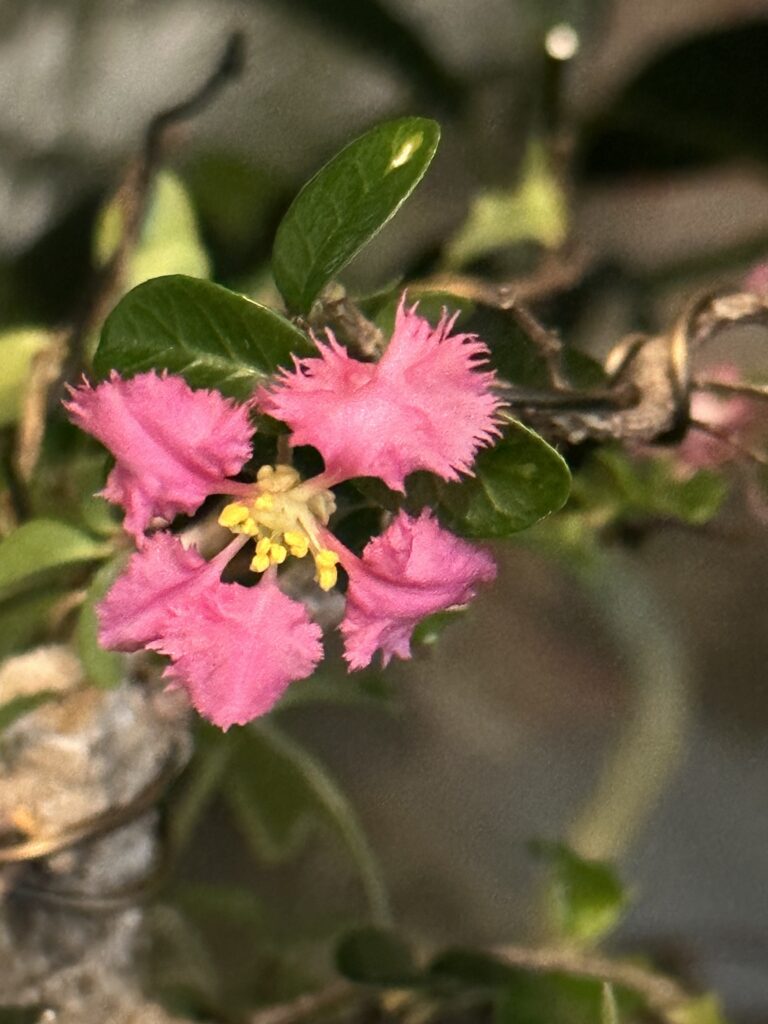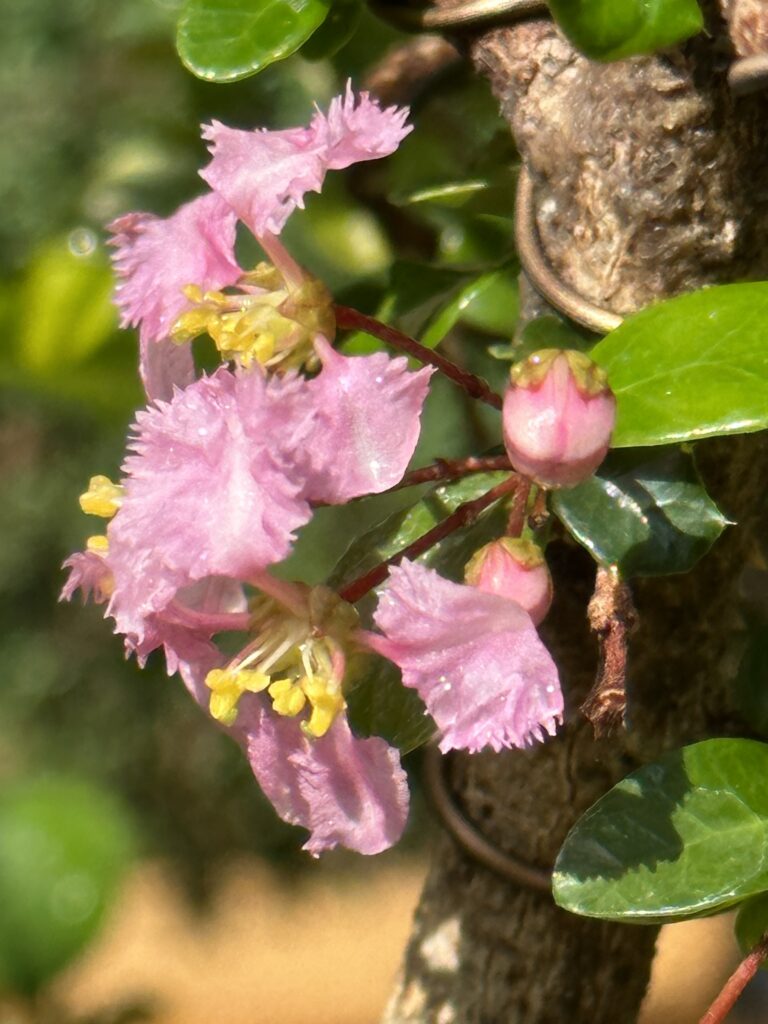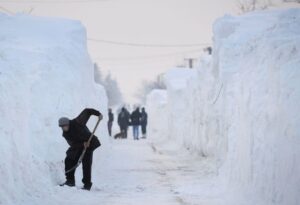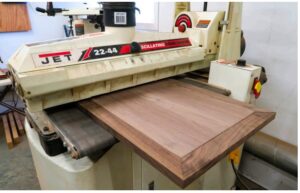
Dwarf Barbados Cherry (holly leaf)
Malpighia glabra
The Barbados Cherry is a beautiful, flowering tree that makes a stunning bonsai. Native to tropical America, the Barbados Cherry is an evergreen with glossy, dark green leaves and bright red fruits. The Barbados Cherry prefers full sun to partial shade and moist, well-drained soil. The Barbados cherry has a high vitamin content and is a delicious fruit. This bright red berry has a really nice appearance in the garden when it starts to grow. Roots from Barbados cherry can be transferred to other countries via air layering and cuttings
A dwarf barbados cherry bonsai is a beautiful and delicate plant that requires special care. The first step in caring for your dwarf barbados cherry bonsai is to choose the right location for it. This plant prefers bright, indirect sunlight. If you live in a colder climate, you will need to place your plant near a south-facing window. Once you have found the perfect spot for your plant, the next step is to water it properly. This plant does not like to sit in wet soil, so be sure to water it deeply but not too frequently. Allow the top layer of soil to dry out before watering again. In addition to watering, your dwarf barbados cherry bonsai will also need to be fertilized on a regular basis. Use a balanced fertilizer that is specifically designed for bonsai plants.
Use wires that are the right thickness. The thickness depends on the size of the branch. You have to be careful not to damage the tree bark. The wire should stay on for a few months. But, it’s important to check the tree often. Sometimes, the growing branches can make the wire too tight. If that happens, you’ll need to remove or adjust the wire. This helps prevent cutting into the wood.
Pruning is also an important part of caring for your dwarf barbados cherry bonsai. Pruning helps to shape the plant and keep it from getting too large. You will need to prune your plant every few months. With proper care, your dwarf barbados cherry bonsai will thrive and provide you with years of enjoyment. When the outside temperature is around 50 degrees Fahrenheit, place a Barbados cherry bonsai on a windowsill. In temperatures above 50 degrees Fahrenheit, you can keep your tree outside. This type of fertilizer is best suited to slow release (pellet-based) applications. Allow the new growth to grow at the farthest point from you that appears to be healthy to you. A thin trimming of your Barbados cherry bonsai tree is beneficial because it allows the trunk to grow thicker while keeping your tree short. When the tree is most vulnerable, a restoration should take place in the middle of summer.
In the winter, the plants require 5 hours of direct sunlight per day, and 14-16 hours of indirect sunlight per day in the summer. They can be grown indoors in high light or in a window or table in front of a window. They enjoy the warmth and humidity, but don’t overdo it because they can get too hot or too humid. When nighttime temperatures fall below 45 degrees, we recommend placing the tree on a windowsill or on a table in front of a window.
For bonsai enthusiasts who appreciate both beauty and health benefits, the Dwarf Barbados Cherry is a standout choice. This bonsai not only adds a vibrant splash of color with its flowers and fruits but also brings a nutritional boost to your home. The Dwarf Barbados Cherry bonsai is a year-round delight, capable of flowering and fruiting multiple times a year. While the cherries are more ornamental, their high vitamin C content makes them a unique and healthy addition to your bonsai collection.
Whether you’re just starting in bonsai or are a seasoned grower, the Dwarf Barbados Cherry is a forgiving and rewarding choice. Its resilience and response to bonsai techniques make it a fulfilling plant to cultivate.





